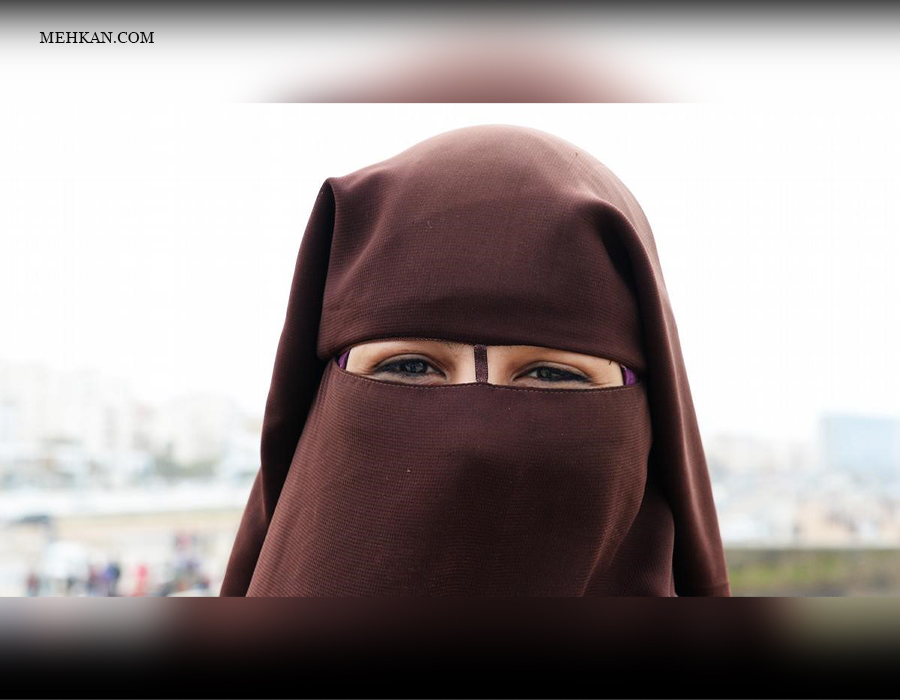
11 May The Veil in Islam: Understanding Its Significance and Importance
The veil in Islam is worn primarily by women as a way to uphold their modesty, preserve their dignity, and adhere to the teachings of the religion. It serves as a visual expression of a woman’s commitment to her faith and her desire to maintain her privacy and integrity.
The Quran, the central religious text of Islam, encourages men and women to dress modestly. It specifically instructs women to cover their bodies and pull their veils over their chests (24:31). The aim of this instruction is to promote respect, minimize potential distractions, and foster a sense of modesty and self-restraint in society.
The hijab is not limited to a particular style or design and can vary greatly across different cultures and regions. Some common forms of the veil in Islam include the headscarf, known as the “khimar” or “Shayla,” which covers the hair and neck, and the “niqab,” which covers the face, leaving only the eyes visible. Other styles include the “chador” and “burqa,” which provide more extensive coverage of the body.
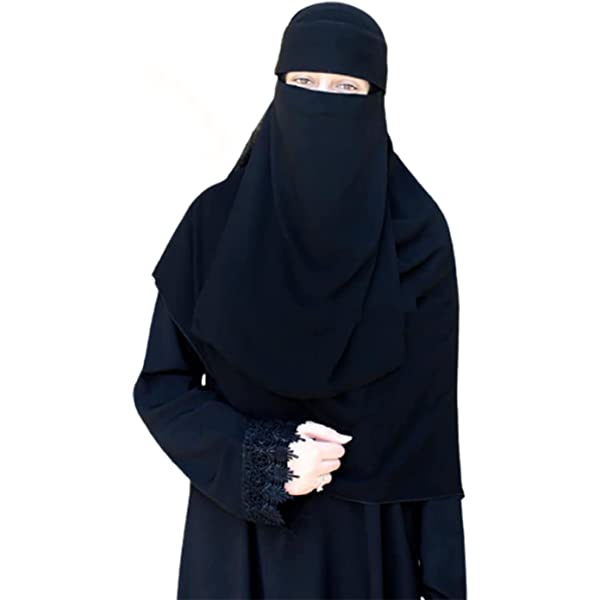
It is important to note that choosing to wear the veil is a personal decision for Muslim women. It can be affected by cultural, religious, and individual factors. Some women might choose to wear it as a reflection of their faith, identity, and commitment to modesty, while others might not.
Wearing the veil in Islam may have different meanings for different individuals. It can serve as a symbol of religious devotion, a declaration of cultural identity, a means of empowerment, or a way to counter societal objectification of women. For many Muslim women, it is an integral part of their spirituality and a means of connecting to their faith.
It’s crucial to approach discussions regarding the veil with respect and sensitivity, recognizing that it is a personal choice and a deeply rooted aspect of Muslim identity. Understanding the diversity of interpretations and cultural practices surrounding the veil can help foster a better understanding and appreciation of the experiences and perspectives of Muslim women.
The veil, or hijab, is one of the most visible symbols of Islam. It is a garment worn by Muslim women to cover their heads and body and is often the subject of much debate and discussion in the Western world. However, the veil in Islam is much more than just a piece of clothing; it has deep significance and symbolism in Islam. In this blog, we will explore the meaning and purpose of the veil in Islam.
Significance of the Veil in Islam
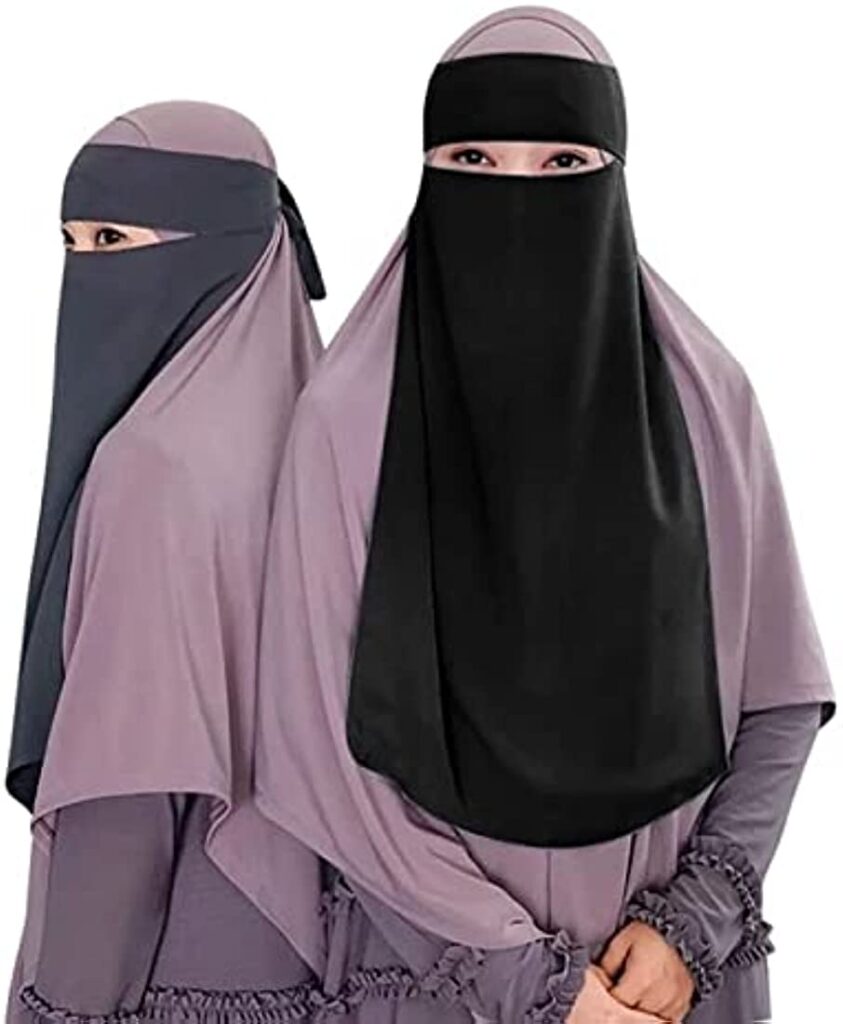
The veil is an important aspect of Islamic modesty, which is a key value in Islam. Modesty is not just about clothing, but also about behavior and speech. It is a way of showing respect and humility, and of protecting oneself from negative influences. The veil is seen as a way for Muslim women to demonstrate their modesty and piety, and to guard their privacy.
The veil also has a deeper spiritual significance. It is a symbol of obedience to Allah and of submission to His will. By wearing the veil, Muslim women are affirming their faith and their commitment to living a life in accordance with Islamic principles. The veil is a way of identifying oneself as a Muslim and of showing solidarity with other Muslim women.
Symbolism of the Veil in Islam
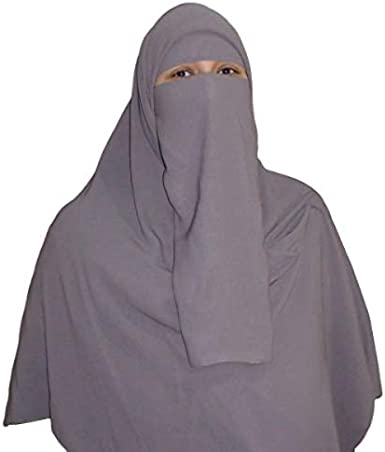
The veil is a symbol of the purity and sanctity of Muslim women. It is a way of protecting oneself from the impurities of the world and of preserving one’s honor and dignity. In this sense, the veil is seen as a shield, a protective barrier that separates the woman from the outside world.
The veil is also a symbol of the woman’s role as a wife and mother. It is a way of showing respect to her husband and family, and of indicating that she belongs to a particular household. The veil in islam is also a symbol of the woman’s femininity and beauty. By covering herself, she is emphasizing her inner qualities and her character, rather than her physical appearance.
In Short
The veil is a complex and multifaceted symbol in Islam. It is both a way of demonstrating modesty and piety, and a way of identifying oneself as a Muslim. The veil is also a symbol of purity, sanctity, and femininity. It is important to recognize the significance and symbolism of the veil in Islam, and to respect the choice of Muslim women who choose to wear it.

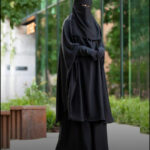



No Comments